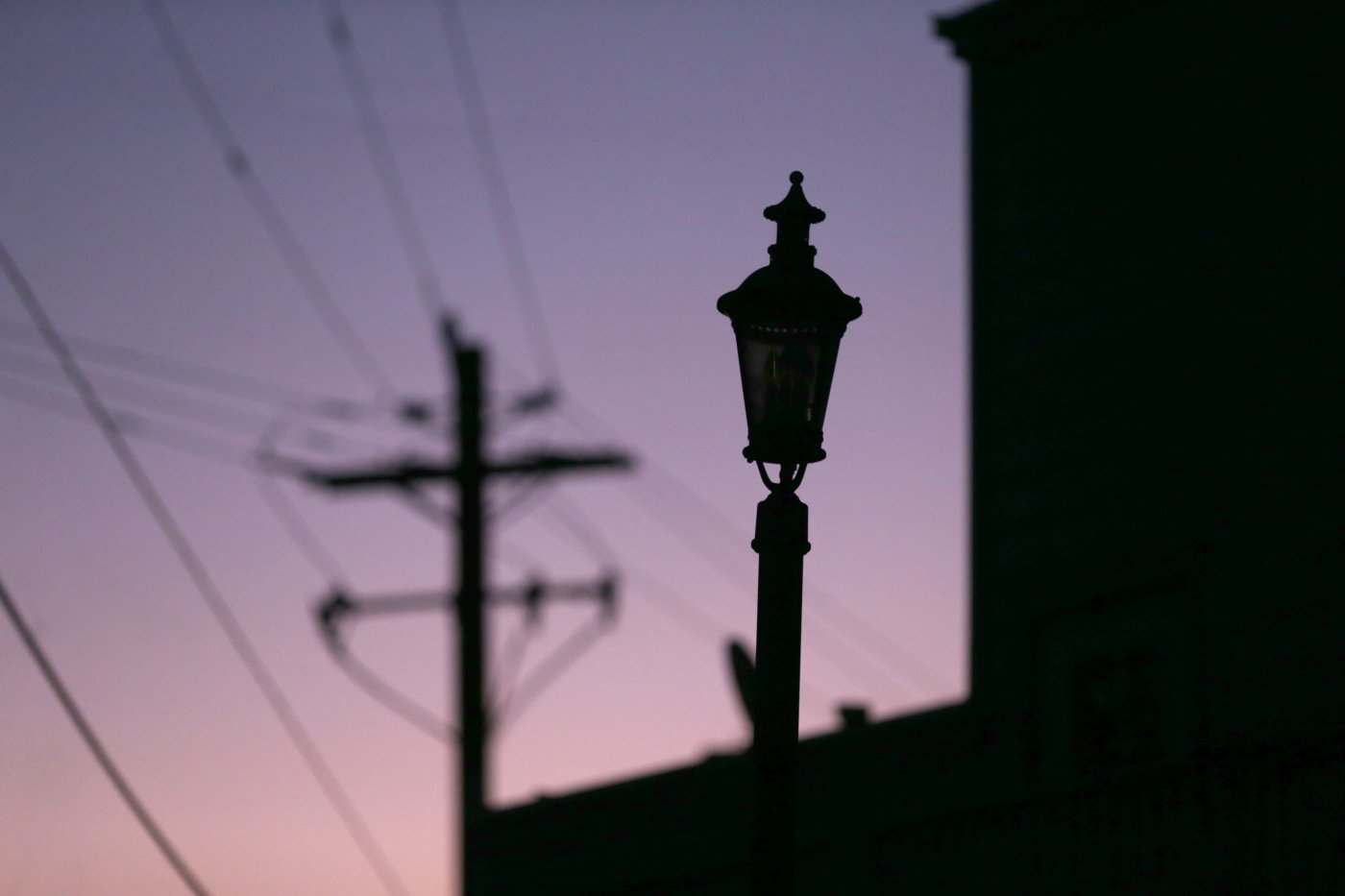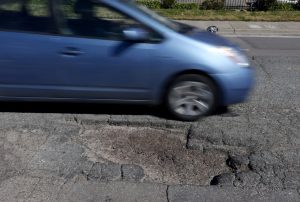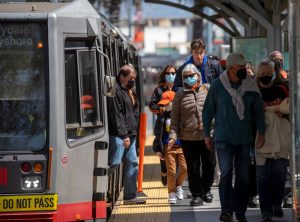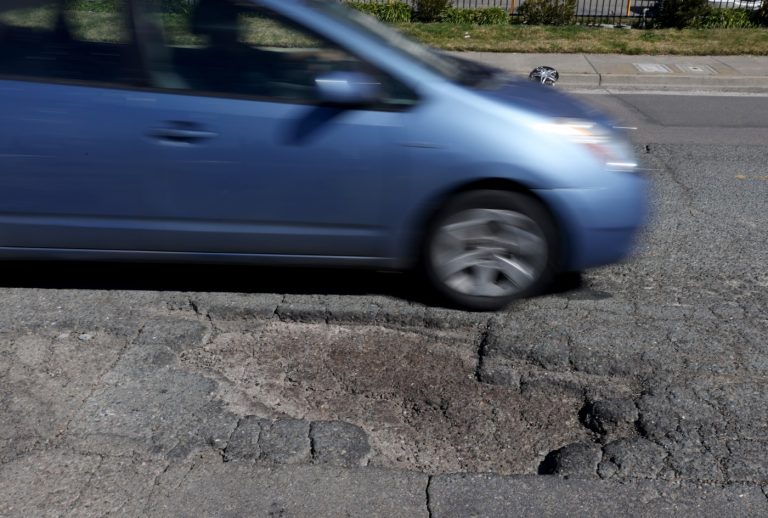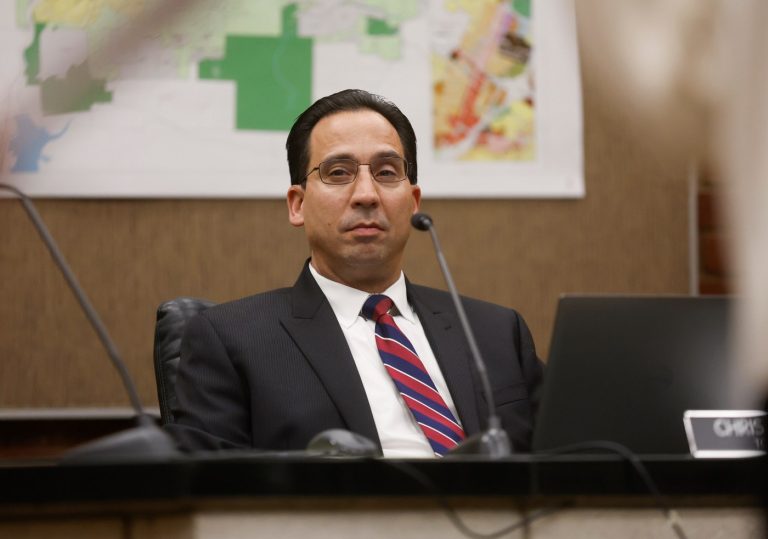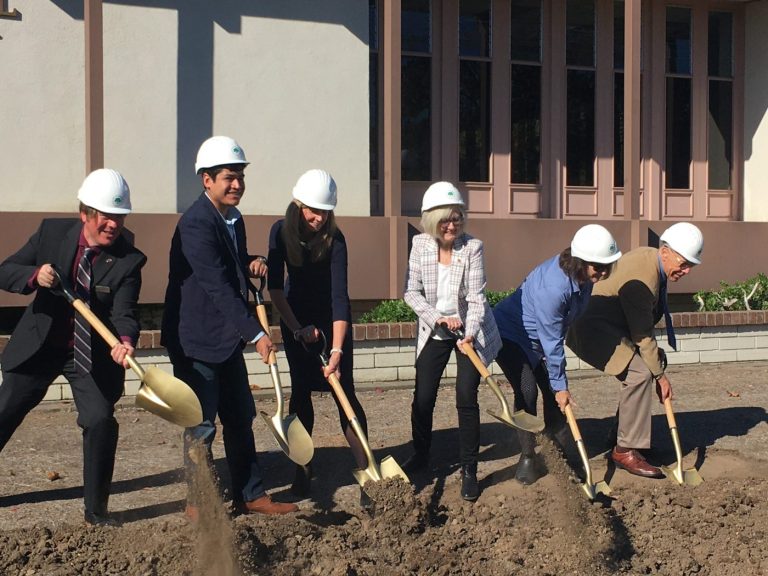PLEASANTON — An unusually high number of power outages during sweltering heat recently left thousands of Pleasanton residents frustrated — and now city officials want answers from PG&E.
Since June, 3,500 customers have lost power, including one outage that lasted nearly 20 hours. The west side of the city has been hit the hardest, but portions of southern Pleasanton have also been affected during large outages, a city spokesperson said. Councilwoman Julie Testa said the city has “never had a year like this.”
“It’s been excessive. The burden has been far more than we’ve experienced in the past,” Testa said.
She said most residents by now have begun to take precautions by stocking up flashlights and emergency medical supplies, but that “our residents, and rightfully so, are more agitated because it comes on the heels of more rate increases.”
Tamar Sarkissian, a spokeswoman for PG&E, blames some triple-digit temperatures from the past month.
“We experienced record temperatures throughout the Bay Area earlier this month” including the longest stretch of excessive heat warnings — 8.5 days — ever issued by the National Weather Service’s Bay Area office, Sarkissian said. “The hot temperatures, low humidity and winds worked together to produce an increased risk of fire danger and a red flag warning.”
She noted that “equipment failure” is also partly to blame because certain electrical equipment “often needs a period of time to cool down, and that usually happens overnight, when temperatures drop.”
“When we have unusual heat events with sustained high overnight temperatures, equipment is unable to cool down, causing heat-related failure,” she said.
But Pleasanton council members disagree, blaming old equipment and other undetermined causes as the root of the outages.
“I know the heat is contributing apparently to recent outages. But it’s been a problem here for some parts of Pleasanton for a long time,” said Councilman Jeff Nibert, who formerly worked for PG&E.
He blamed “aging infrastructure” in older neighborhoods for some of the city’s electrical headaches, saying these neighborhoods “regularly fail” to provide consistent energy. He singled out the Val Vista neighborhood on the city’s northwest side as an area of concern with older, underground power lines. Nibert said residents there have experienced outages over 20 hours at times.
He said what’s especially concerning is the affected residents with vital medical equipment which needs constant power to work effectively.
Related Articles
Inmates left without ice water, proper ventilation during two power outages at Bay Area state prison
Home battery backup explodes in Marin County house
Power restored at overcrowded Vacaville men’s prison
California needs a million EV charging stations — but that’s ‘unlikely’ and ‘unrealistic’
Pace of Bay Area inflation eases a bit — yet electricity costs still soar
“People are definitely frustrated about it,” Nibert added. “Everyone is concerned. Especially people that have medical equipment that needs to be operated during the outage, especially at night.”
PG&E in the past has supplied people with backup battery packs in case of emergencies due to outages. But others in the area have even gone so far as to buy generators for their homes to keep the lights and refrigerators on during blackouts.
Councilman Jack Balch said in an interview that as the city moves toward greener energy alternatives, it is not responsible for the city to encourage residents to buy gas-burning generators.
“When PG&E has this inability to deliver reliable power, it’s understandable that consumers will make choices,” Balch said. “We need to be having reliable power that is clean and renewable. And maybe not be driving people to buy generators that produce greenhouse gasses.”
Pleasanton, alongside the city of Danville, will next month meet with PG&E to discuss the ongoing outages, which officials say have similarly affected its neighbor city.
“It’s the frequency and duration that are really frustrating,” Balch said. “We need to get to the underlying cause and resolve it. We need to invest to fix it.”
Mayor Karla Brown did not return a request for comment.
